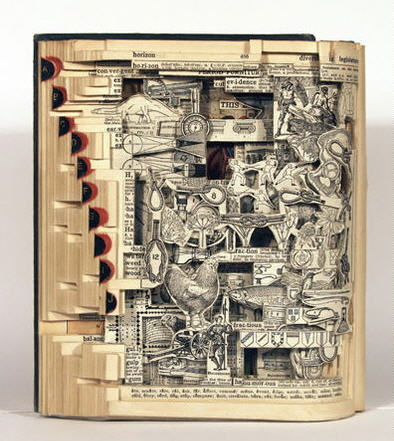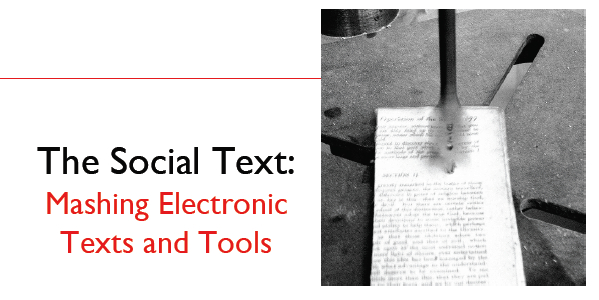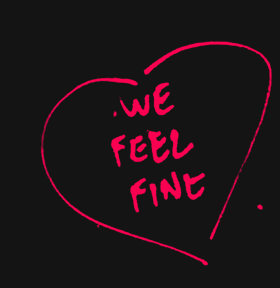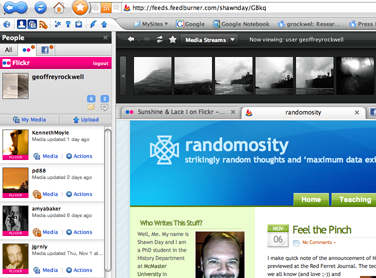 Digital woodcarvers, CNC for the home shop is here! CarveWright is a computer controlled router that can handle wood up to 15 inches wide, 5 inches high and many feet long. It comes with software that uses a “clipart” paradigm so you can combine ornate patterns and then “print” them to wood (or plastic or other soft materials.)
Digital woodcarvers, CNC for the home shop is here! CarveWright is a computer controlled router that can handle wood up to 15 inches wide, 5 inches high and many feet long. It comes with software that uses a “clipart” paradigm so you can combine ornate patterns and then “print” them to wood (or plastic or other soft materials.)
Sears Craftsman has issued the carver as CompuCarve and you can see their ad on YouTube.
I’m tempted to say that this could be a revolutionary product for home woodworkers. Woodworking has always had an element of danger (spinning saws) and an element of manual skill. With tools like the CarveWright it could become a form of output where the skill is in the use of the software not the struggle with the medium. Wood will become plastic – something to be molded as if it had no grain to cut along. For that matter, the CarveWright can be thought of as the first affodable 3-D printer (though it is being marketed to woodworkers first.) Just as CNC has had a dramatic effect on design and manufacturing, now affordable devices bring engineering into the home. What could you do with an all-material 3-D printer? Would you be buying plans for a stove instead of the stove itself?
I have fantasized about replacing all the dangerous tools in my shop with one CNC router big enough to do any shaping from undressed wood. Now that a scaled down version exists, I’m scared the craft of woodworking will fade away like typesetting. Why have a dangerous table-saw when the CarveWright will rip wood, and will do so safely (though slowly)? Am I afraid that anyone will be able to do projects I struggled over? Will it be like the 80s with desktop publishing and all the ugly newsletters and typesetters helplessly complaining? (Looking at the examples on the CarveWright site certainly suggests that bad taste dominates initially.) Or will it turn out just to be another shop tool that gathers the dust of good intentions?

 Digital woodcarvers, CNC for the home shop is here!
Digital woodcarvers, CNC for the home shop is here! 






 I’ve been experimenting with
I’ve been experimenting with